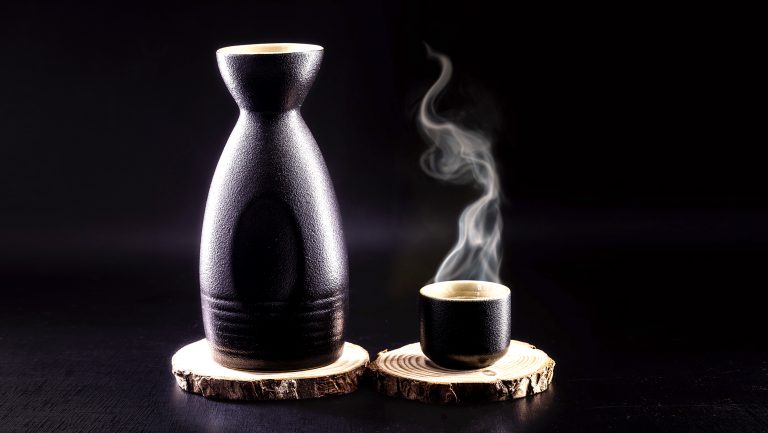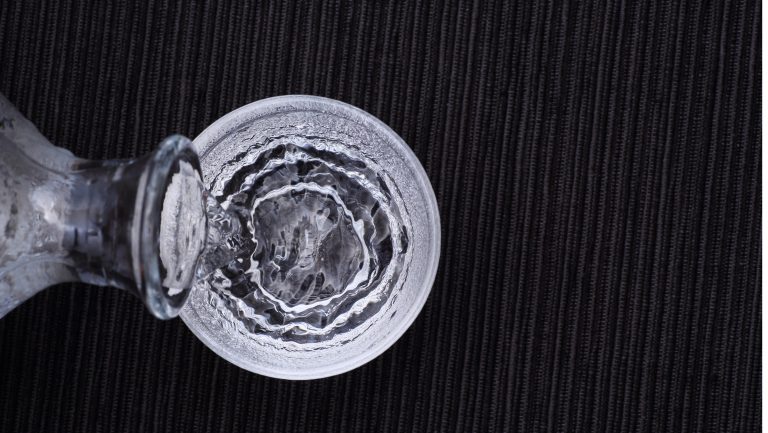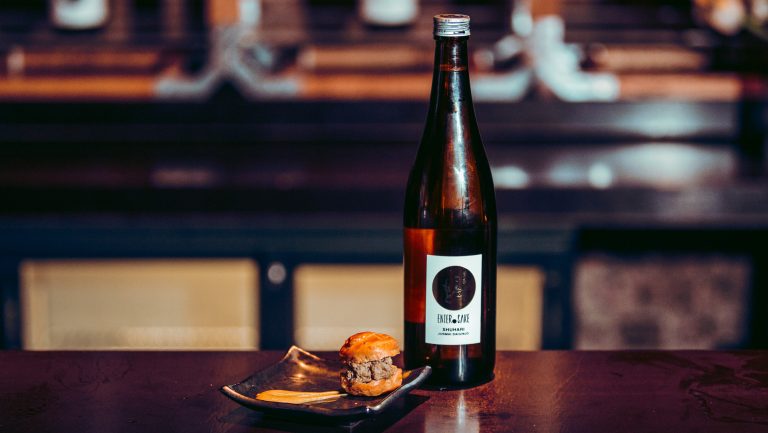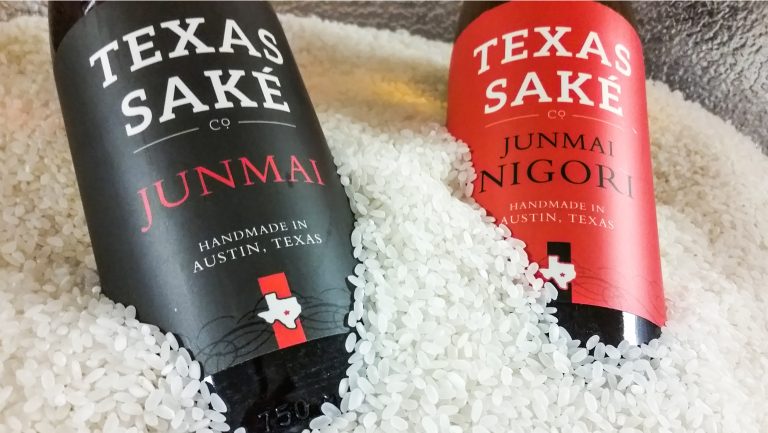With restaurants struggling to keep customers comfortable outdoors this winter, beverage directors have been turning to all sorts of hot drinks to warm up guests and keep seats filled. But only one alcoholic beverage has a tradition of being served both hot and chilled: sake.
The practice of heating premium sake had faded with the rise of more delicate, highly milled ginjo and daiginjo styles in the second half of the 20th century, but its resurgence had begun before the pandemic; across Tokyo, many bars and izakayas have been featuring warmed sake for the past few years. Hostess Asuki Amamiya makes it a focus at the restaurant Hinemosu, and 29 Rotie offers more hot sake options than cold, intriguingly paired with a wide selection of hams and charcuterie. But the pandemic is providing an opportunity for hot sake to break with its disreputable past, particularly in the U.S.
Overcoming Old Stereotypes
“I was a little hesitant to move into that realm, but hot sake made perfect sense,” says TJ Provenzano, the beverage director at Manhattan’s izakaya-style restaurant Rosella. When cocktails are heated they can easily become unbalanced, with their high alcohol levels growing overly pronounced. Hot sake is pure and unadulterated, and a much better match for Rosella’s menu. Diners can choose for any of Rosella’s sakes to be heated.

Don’t miss the latest drinks industry news and insights. Sign up for our award-winning newsletters and get insider intel, resources, and trends delivered to your inbox every week.
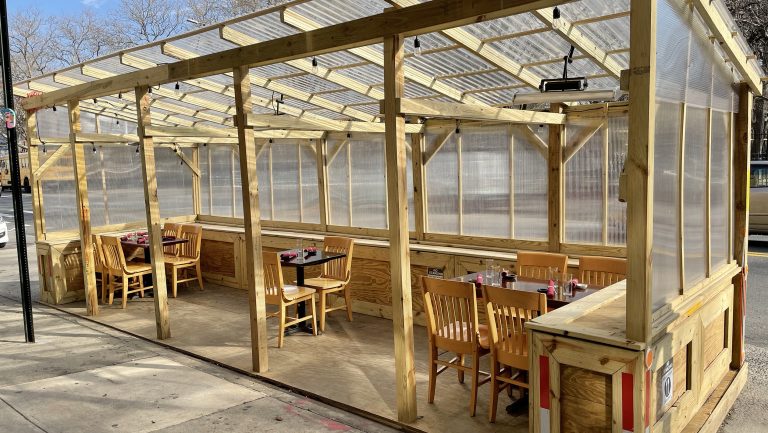
The long-held belief that the only sake that should be heated is the cheap, poor-quality stuff explains Provenzano’s initial reluctance. For years, sake educators preached that premium sake must always be consumed cold; the heating process is reserved for inexpensive sake in order to hide its rough edges. Yet today producers are newly promoting higher temperatures for premium sakes as well.
“The new rule is even expensive sakes, such as daiginjo or ginjo, might be served warm,” explains Chizuko Niikawa-Helton, CEO of the sake marketing company Sake Discoveries. Richer styles, such as kimoto, yamahai, or aged sakes work particularly well when served warm or hot. While lighter, fruitier sakes may lose their aromas when heated, richer sakes can stand up to the heat, which emphasizes their umami character.
“I think those richer yamahai and kimoto style brews really lend themselves to warming up pretty nicely,” says Provenzano. “It brings out the savory, nutty, rice notes which are very enjoyable.”
Vonda Freeman, wine director for the Indigo Road Restaurant Group, had never served hot sake prior to the pandemic, but like Provenzano, she decided to give it a try once outdoor dining became crucial for some of their restaurants. Freeman turned to sake importer Vine Connections for expertise, and eventually decided to list the Tozai Typhoon, a dry, umami-rich sake lightened with some alcohol added during brewing.
“It’s got the structure and backbone to hold up to warming, and it’s packaged in a really attractive, 1.8-liter bottle,” says Freeman. “We had it lined up by our hot sake line, and people found it interesting.” So interesting, in fact, that warm Tozai Typhoon has become the best-selling beverage at the company’s two restaurants most dependent on outdoor dining.
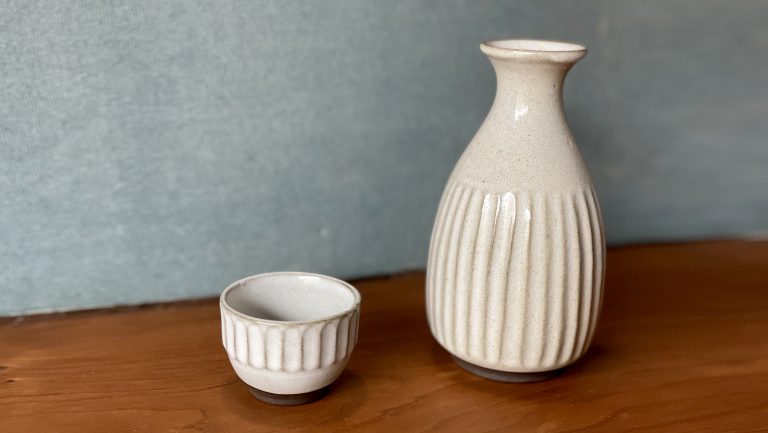
“Richer yamahai and kimoto style brews really lend themselves to warming up pretty nicely. It brings out the savory, nutty, rice notes.” – TJ Provenzano, Rosella
Getting the Temperature Right
Provenzano notes that it takes some experimenting to find the ideal temperature for each individual sake. He’s pinpointed 108 degrees Fahrenheit as the perfect target for richer sakes, but finds fruitier ginjo and daiginjo sakes lose their character if they go much above 80 degrees Fahrenheit.
The hyperfocus on temperature is in fact an established part of the tradition, and reflects Japanese attention to detail; sake sommeliers certified by the Sake Service Institute, an educational and research organization founded in 1990, learn six different designations for temperatures at five-degree Celsius intervals, which approximately range from 80 to 140 degrees Fahrenheit: hinatakan (30 degrees Celsius), hitohadakan (35 degrees Celsius), nurukan (40 degrees Celsius), jokan (45 degrees Celsius), atukan (50 degrees Celsius), and tobikirikan (55 to 60 degrees Celsius). Nurukan, which ranges from about 104 to 112 degrees Fahrenheit, is the most popular heated sake designation.
Then there’s the question of heating methods. “I’ve heard of some restaurants microwaving sake,” says Freeman, “but microwaving is difficult because you can’t control the temperature, you get hot spots, and the vessel gets hot.” She recommends using a hot water bath, which heats the sake in just a few minutes, making it convenient for speedy restaurant service.
So far, consumers have adapted well to the notion of drinking their sakes hot, and it has made many more comfortable with dining outdoors in the cold. “It gives that warming feeling,” Provenzano says, “and, especially for a place like us right now, that really makes all the difference. It gives the guest a reason to get excited about eating outside in the winter in New York City.”

Dispatch
Sign up for our award-winning newsletter
Don’t miss the latest drinks industry news and insights—delivered to your inbox every week.
Jim Clarke writes about wine, beer, and spirits for trade and consumer publications, including Beverage Media, Fortune, and World of Fine Wine. He is a sommelier and the U.S. marketing manager for Wines of South Africa.

